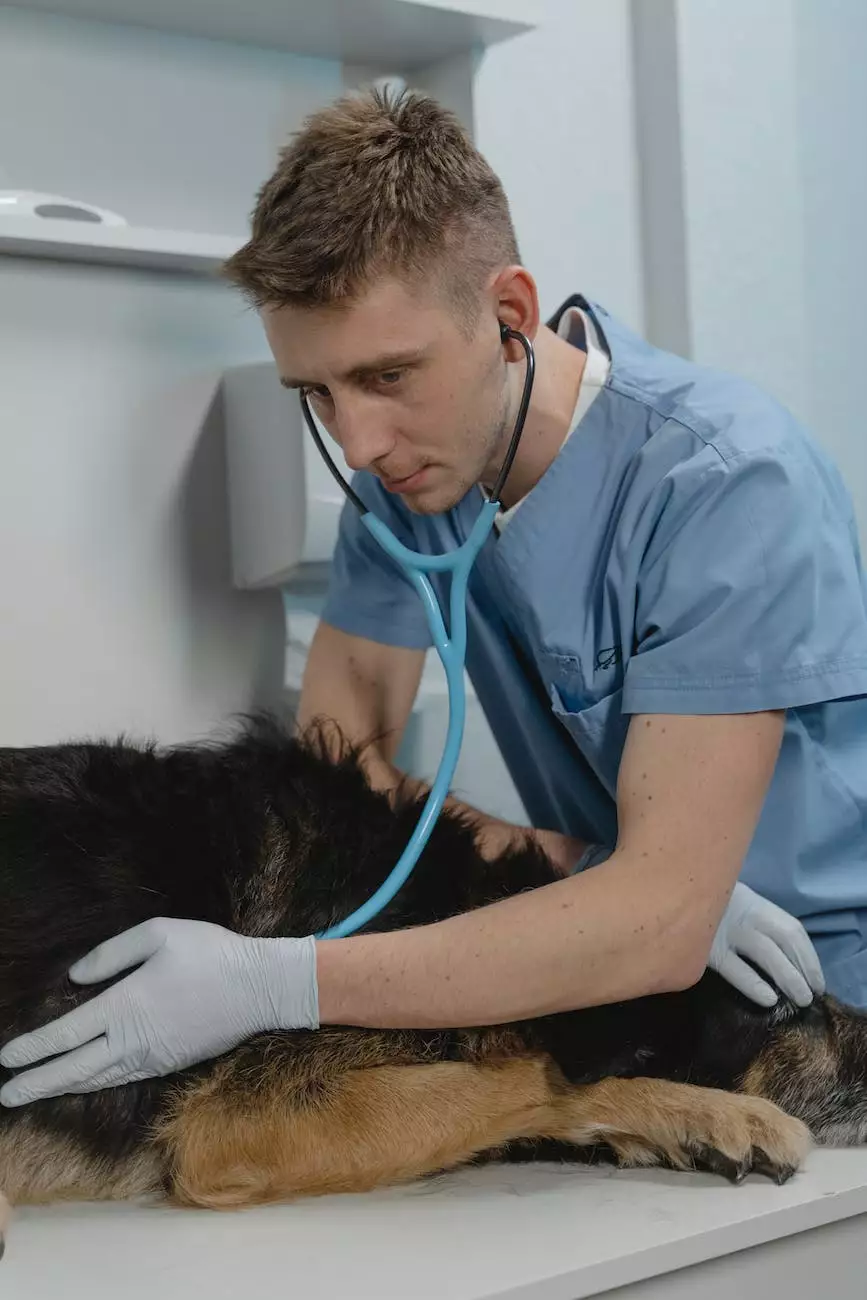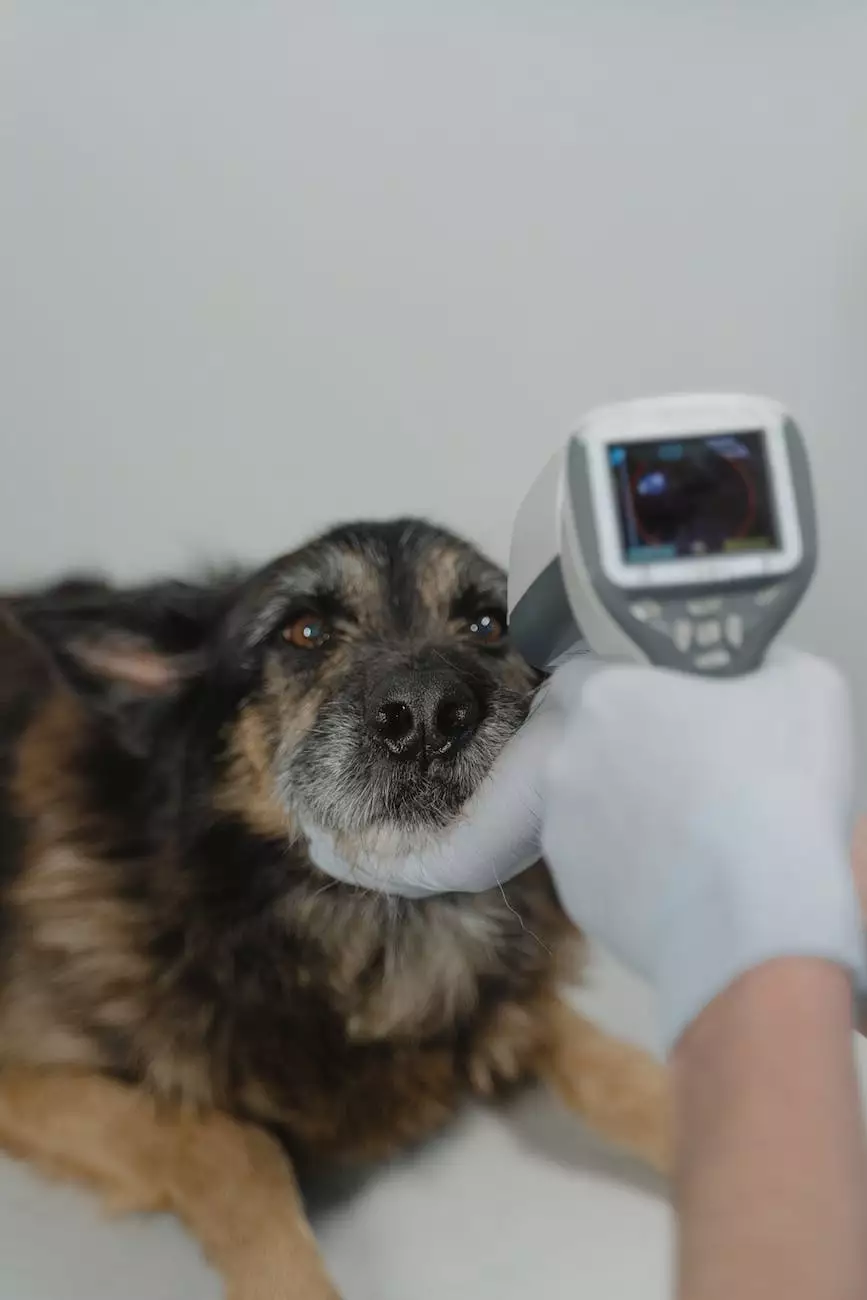Laryngeal Paralysis in Dogs
Blog
Understanding Laryngeal Paralysis
Laryngeal paralysis is a condition commonly found in dogs where the muscles that control the opening and closing of the larynx become weakened or paralyzed. The larynx, also known as the voice box, plays a crucial role in controlling breathing and preventing aspiration of food and fluids into the lungs.
Causes and Risk Factors
Laryngeal paralysis can occur due to a variety of factors, including genetic predisposition, trauma, certain medical conditions, or as an age-related degenerative process. Large and giant breed dogs, such as Labrador Retrievers and St. Bernards, are more prone to developing laryngeal paralysis. Other risk factors may include hypothyroidism, certain neurological diseases, and previous surgeries involving the larynx.
Recognizing the Symptoms
Identifying the symptoms of laryngeal paralysis is crucial for early detection and intervention. Common signs include:
- Changes in bark or voice
- Difficulty breathing or noisy breathing
- Excessive panting or gasping
- Trouble swallowing
- Gagging or coughing while eating or drinking
- Tiring easily during physical activities
Diagnostic Procedures
When you suspect laryngeal paralysis in your dog, it is important to consult a qualified veterinarian for accurate diagnosis. Diagnostic procedures may include:
- Thorough physical examination
- Chest X-rays to evaluate the lungs and surrounding structures
- Laryngeal examination, usually under sedation or anesthesia
- Endoscopy to visualize the larynx and assess its function
- Additional blood tests to rule out underlying medical conditions
Treatment and Management Options
While there is no cure for laryngeal paralysis, there are several approaches to manage the condition and improve the quality of life for your beloved pet.
Medical Management
Medical management often involves carefully monitoring your dog's respiratory function and avoiding triggers that can exacerbate breathing difficulties. Your vet may prescribe medications to reduce inflammation, manage symptoms, or address underlying conditions contributing to laryngeal paralysis. It is crucial to follow the prescribed treatment plan and attend regular check-ups to monitor your dog's progress.
Surgical Intervention
In severe cases or when conservative treatments fail to provide sufficient relief, surgical intervention may be recommended. The most common procedure is called a "tie-back" surgery, where one side of the larynx is permanently fixed to improve the airway's size and reduce the risk of aspiration. Surgical intervention should always be conducted by a skilled veterinary surgeon who has experience with laryngeal paralysis cases.
Prevention and Supportive Care
While laryngeal paralysis may not be entirely preventable, there are steps you can take to support your dog's overall health and well-being:
- Maintain a healthy weight for your dog to reduce strain on the respiratory system
- Provide regular exercise and mental stimulation to keep your dog active
- Ensure a balanced diet with high-quality pet food and appropriate portion sizes
- Monitor your dog's breathing patterns, especially during physical activities
- Follow your vet's advice regarding vaccinations and regular check-ups
Expert Care at Rosey Dog Care
When it comes to laryngeal paralysis in dogs, finding the right veterinary care is essential for accurate diagnosis and effective treatment. At Rosey Dog Care, we specialize in providing top-notch pet health services and treatments, ensuring your furry friend receives the best possible care. Our team of experienced veterinarians and support staff is dedicated to improving the well-being of your beloved pets.
As a trusted provider of pet health and wellness services in the Pets and Animals - Pet Food and Supplies category, our commitment to excellence sets us apart. Contact Rosey Dog Care today to schedule a consultation and learn how we can help you navigate laryngeal paralysis and other pet health concerns with expertise and compassion.




